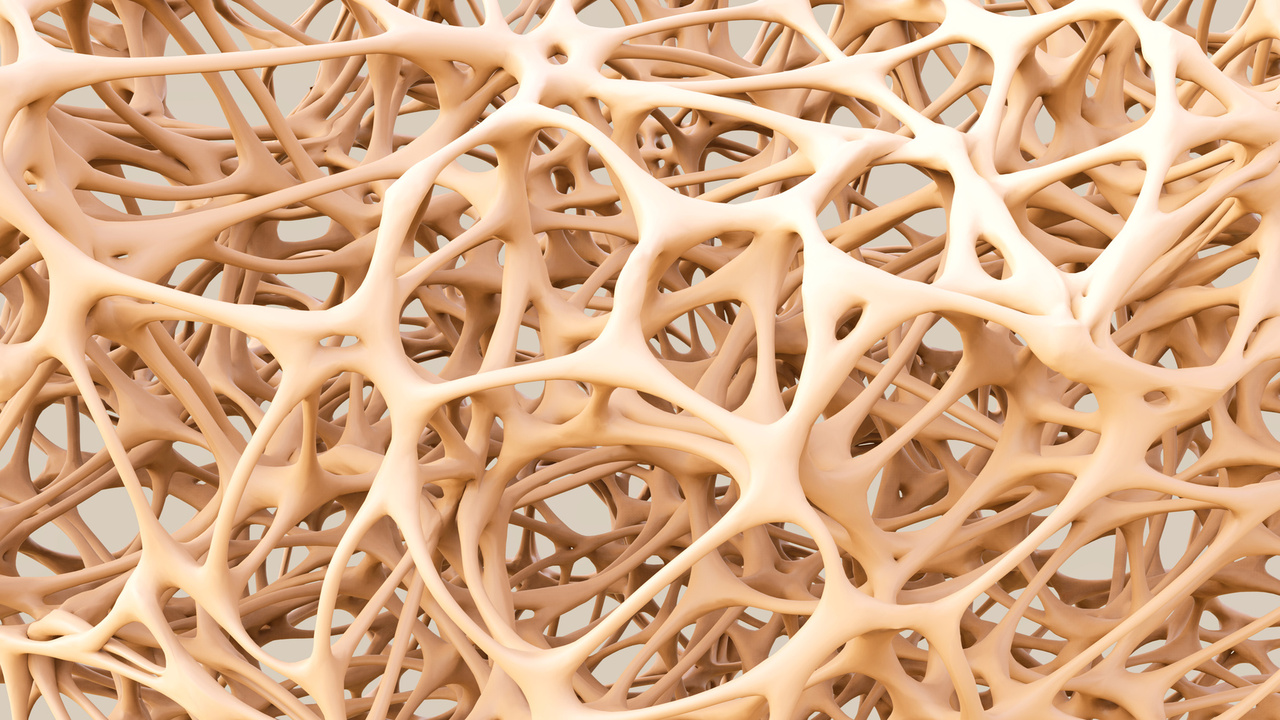We all know to consume calcium for good, strong, healthy bones. Many of us also know that consuming Vitamin D helps our body absorb calcium, which can also promote the development of healthy, strong bones. (Vitamin D can be found in milk, fatty fish, dark leafy vegetables…and sunlight!).
Did you know that phosphate also helps build and repair bones and teeth? It is important to note, however, that a high level of phosphorus can have a reverse effect: phosphorus and calcium have an “inverse relationship”, meaning, they are present in your body in opposite amounts. As phosphate levels rise, calcium levels decrease. There are no hormones in our bodies to regulate phosphate levels, so our kidneys do the work; our kidneys excrete extra phosphorus, and calcium gets extracted along with it.
Phosphorus is included in excess in many processed foods, including carbonated sodas (not my beloved diet soda!!). So, how do we avoid consuming extra phosphorus, to retain the benefits of all the calcium that we’re dutifully eating and drinking? It can be as simple as shopping the perimeter of the grocery store. Most of the pre-packaged, processed foods are located in the middle aisles of the grocery store, whereas the fresh foods are found along the outside walls, including produce, seafood, meat, deli and bakery. Vitamin and mineral-rich foods are found in these perimeter departments, such as dark leafy vegetables, and protein-rich foods like yogurts and tofu. Before your next trip to the grocery store, review your shopping list: does it include a majority of items from these outside aisles? If not, start this week by adding just 5 items from one of the perimeter aisles, and then add a few more items each week.
Tell us what items you added, to help inspire others to do the same! I’ll start by sharing my recently added items: string cheese, vanilla yogurt, pomegranate (fruit), rice pudding and whole wheat tortillas.
For more information, visit the American Dietetic Association website: www.eatright.org and www.mypyramid.gov for more information, individual food plans and recommended daily allowances (RDA) of daily requirements for vitamins and minerals.




